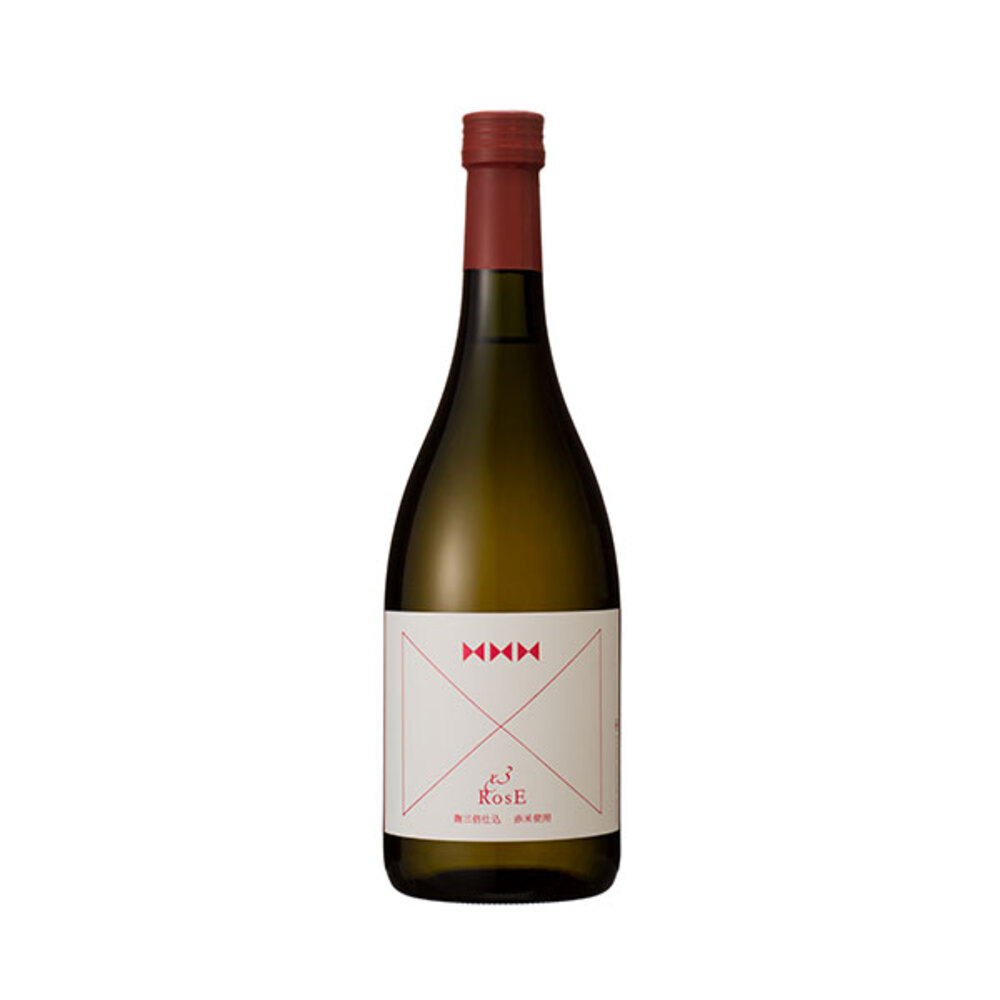-
 >
>
- Product list >
- X3 Rose three times koji (red rice) Junmai undiluted (720ml)
X3 Rose three times koji (red rice) Junmai undiluted (720ml)
詳しく見る
- *All prices shown are the product prices from the Japanpage:.
- *Product price can be shown in multiple currencies as reference values.
- *Payment should be made in Japanese yen.
- *After filling in delivery address, grand total (product price + shipping cost (packing + shipping + insurance) +tariffs & taxes) will be shown on the shipping cart page.
- *All prices shown are the product prices from the Japanpage:.
- *Product price can be shown in multiple currencies as reference values.
- *Payment should be made in Japanese yen.
- *After filling in delivery address, grand total (product price + shipping cost (packing + shipping + insurance) +tariffs & taxes) will be shown on the shipping cart page.
X3 Rose three times koji (red rice) Junmai, undiluted " is a Junmai brewed using red rice and three times the usual amount of koji mold (aspergillus oryzae). Also known as ancient rice, red rice is the “roots” of rice. It has a higher nutritional value and contains more vitamins and minerals than modern white rice. Utilizing its complex flavor and red color, we have created a sake that offers a natural, soft rosé color. The powerful fermentation that takes place due to the use of three times the amount of koji brings out the delicious flavor of the red rice in a strong, unmistakable way, offering a moderate sweetness, a beautiful sharpness, and a soft, refreshing, strawberry-like acidity. This sake can also be enjoyed for its “undulating” flavor and complex aftertaste. It is a flamboyant sake that can be enjoyed cold or on the rocks, or as a champagne cocktail with the addition of a third a glass of soda water.
Pairing food proposed from Vendor
Cheeses such as parmigiano reggiano and desserts
About "X3"
The X3 brand is a Junmai that brings out the delicious flavor of the rice by using 3 times the normal amount of koji mold. This extravagant use of koji brings rich variations to the flavor of a meal. These sakes are rarities, unique to a brewery that seeks a new flavor from its sake brewing.
Recommended temperature
- Atsukan (50 - 55℃)
- Jokan (45 - 50℃)
- Nurukan (30 - 40℃)
- Room temperature (15 - 20℃)
- Hanabie (10℃)
- Yukibie (5℃)
Type


Tag
Appearance
-
Clarity
Transparency
Hazy
-
Colour
Colorless
Dark brown
-
Intensity
Water
Deep
Nose characteristics
-
Intensity
Low
Strong
Taste characteristics
-
Light / Body
Light
Body
-
Sweet / Dry
Sweet
Dry
-
Simple / Complexity
Simple
Complexity
-
Acidity
Low
High
-
Umami
Low
High
-
Finish
Low finish
Long finish
Aroma and flavor
Detailed information
| Volume | 720ml |
|---|---|
| Size (L W H) | 8.0 x 8.0 x 27.0 cm |
| Weight | 1.1kg |
| Ingredients | Rice, Rice koji, Water |
| Region | Akita |
| Alcohol content | 17%vol. |
|
Sake Meter Value
|
-22 |
|
Acid level
|
+2.4 |
|
Polishing ratio
|
70% |








